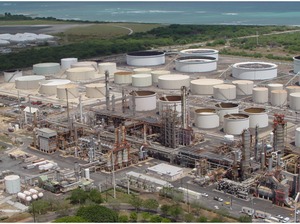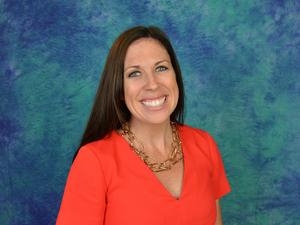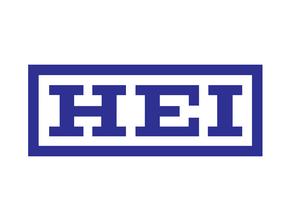
Multi-disciplinary architectural firm AHL is among more than 1,100 firms worldwide that has committed to reducing carbon emissions as part of the American Institute of Architecture's 2030 Commitment.
AHL President and CEO Bettina Mehnert told Pacific Business News that the AIA's 2030 Commitment is an "actionable climate strategy that provides a set of standards and goals for reaching net zero emissions in the built environment."
The goal for 2020 to 2025 is an 80% reduction in greenhouse gas emissions across signatory firms' project portfolios.
"Since the built environment creates some 40% of the world's carbon emissions, architects, engineers and owners play a key role," Mehnert said in an email to PBN. "AHL is committed to reducing our projects' greenhouse gas emissions and embodied carbon to achieve net zero emissions in our project portfolio by 2030."
According to Mehnert, AHL also is working on a research and development project — a small off-grid home in a remote area of Hawaii Island.
"Because of its scale, we are able to experiment with various design strategies in terms of material selection, structural components, water management, and more without being limited by liability and risk restrictions on the client and contractor side that is sometimes inevitable for our larger scale projects," Mehnert said. "It also affords us the ability to streamline our understanding of the various energy and carbon modeling software we have in-house."
PBN spoke to Mehnert about the firm's net zero commitment and how it aims to reach that goal.
How is AHL working to meet that goal? AHL has developed a strategy and put programs in place to achieve the goal. We’ve incorporated energy modeling into our projects and created energy use intensity graphics to show progress toward meeting the commitment goals. It has become a source of pride internally. These graphics allow us to see where we can make gains in reducing the energy consumption of our projects and where we fall short.
We have internally invested in software that we can run on our projects to determine their predicted energy use intensity and carbon impact. This software includes Embodied Carbon in Construction Calculator (EC3), Tally for embodied carbon tracking and whole-building life cycle assessments, and Sefaira and Autodesk Insight for tracking predicted energy use intensity.
How much is the company spending on the software and why did you choose the software you did? Autodesk Insight is part of our subscription to [the] Autodesk suite of programs. Sefaira is $2,000 [per] year. We use Autodesk because we regularly use AutoCAD in our drawings. Sefaira is a plugin to Revit, which is a building information modeling tool. EC3 is a free tool.
What kind of impact does, or will, this effort have on the cost of construction? One of the reasons we gather data on our projects is to have concrete evidence that illustrates the economic savings with sustainable design. Some believe that sustainable design is more costly; but that’s just not the case when you consider the life cycle impact of these strategies, materials and equipment. This is especially true when considering the increased cost of non-renewable technologies and energy.
Where are you in your effort to become carbon neutral? In 2021, our average across all projects was [a] 35% reduction in greenhouse gas emissions. We believe that being transparent about our progress and how we are working toward the AIA 2030 goals is important to encourage other architecture firms to join the effort, as well as encouraging our clients to understand the urgent need to reduce carbon emissions. In [the] first quarter of 2023, we will have updated data on our 2022 projects' greenhouse gas emissions reduction.
We cannot discuss a carbon neutral goal without recognizing an immediately available resource, which is our current stock. Nothing is greener than an existing building. We need to look at buildings with adaptive reuse in mind — office buildings can become affordable housing or a boutique hotel; a department store can become a thriving retail center. You can see the adaptive reuse effort underway in Hawaii now.
Why was it important for AHL to get behind this 2030 commitment and when did AHL commit to this goal? It’s important to AHL and all of us. The fact of climate change is no longer a question — the impact can be seen and felt. As architects, we have an opportunity and responsibility to make a difference. We are accepting that responsibility.
We joined in 2019.
What has been the biggest challenge in meeting the 2030 commitment to net zero and how have you overcome that? Perception of the impact sustainability and passive design strategies can have when compared with up-front costs. Also, building beyond, or better, than the requirements of building code [has] been a challenge.







